10 Best Winter Herbs for Delhi NCR and Tropical India
Try something to be truly productive!
Winter is the most meaningful and prolific season, particular in India it starts from victory over evil (Vijayadashami) and promises to come back with the colors of life (Holi). Winters is one of the fantastic time when everyone can freely dirt their hands to do something productive. Lets have a look to the some of nature’s wonders, which not only help to protect from catastrophic diseases, but boost confidence while ways to being productive. Its not easy to pick ten from the group, as best efforts lets list 10 best winter herbs for delhi NCR and tropical India:
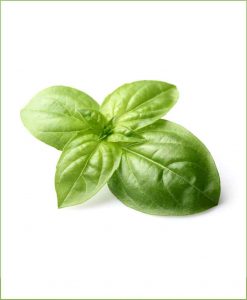
1. Basil
Basil is classic Italian species with large dark green leaves, it is most common grown perennial, aromatic and culinary type species of basil, the plant has bigger green color leaves and stems. The King of herbs is one of the most consumed aromatic herbs, its one or other species are found all over the world. Basil is categorized under ocimum genus in plants family lamiaceae which is native to India and has around 60 species identified with several health benefits associated. It is good source of vitamin A, Vitamin C, Calcium, Zinc, Iron, Chlorophyll etc, it posses anti bacterial, insecticidal properties.

2. Coriander
Coriander is known as dhaniya in India, cilantro in America and some parts of Europe, it is a herb which is extensively used all over the world as a condiment, garnish, or decoration on culinary dishes. It is source of dietary fiber, manganese, iron and magnesium as well, coriander leaves are rich in Vitamin C, Vitamin K Protein, Calcium, Phosphorous, Potassium, Thiamin, Niacin and Carotene etc. It is found to be conducive in treating skin disorders, regulating blood pressure, cholesterol, digestion, bones health and improving eye sight etc.

3. Thyme
Thyme is a perennial culinary arromatic herbaceous species from genus thymus in the family lamiaceae, is native to europe. It is commonly known as common thyme, german thyme, garden thyme etc.
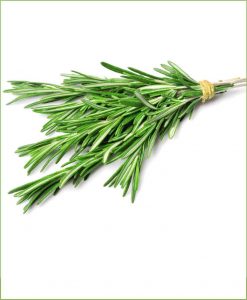
4. Rosemary
Rosemary is a perennial culinary arromatic herbaceous species from genus rosmarinus in the family lamiaceae, is native to mediterranean region. According to myth the Virgin Mary is said to have spread her blue cloak over a white-blossomed rosemary bush when she was resting, and the its flowers turned blue. The shrub then became known as the Rose of Mary. Rosemary is considered sacred to ancient Egyptians, Romans and Greeks.

5. Oregano
Oregano a perennial culinary aromatic herbaceous species from genus origanum in the family lamiaceae, is native to temperate western and southwestern eurasia and the mediterranean region. Oregano is the anglicised word derived from Spanish and Latin origanus (oros + ganos) refers to the beauty of the mountain, it is sometimes called wild marjoram, and also known as sweet marjoram.

6. Lemon Grass
Lemon Grass is a perennial aromatic herbaceous species from genus cymbopogon in the family poaceae which is native to south-central europe, mediterranean basin, iran, and central asia. It is known by several common names such as lemon grass, lemongrass, barbed wire grass, silky heads, citronella grass, cha de Dartigalongue, fever grass, tanglad, hierba Luisa, or gavati chahapat, cochin grass or malabar grass etc.
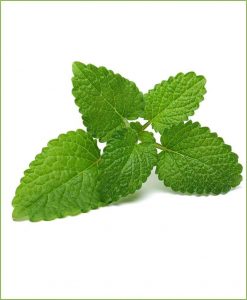
7. Lemon Balm
Lemon Balm is a perennial aromatic herbaceous culinary species from genus melissa in the family lamiaceae which is native to south-central europe, mediterranean basin, iran, and central asia. Lemon balm is a creeping herb with shiny green leaves, it is known by several common names such as balm, common balm or balm mint etc. In recent, it is researched as an excellent houseplant in purifying the indoor air, removing the bacterias and increasing the work efficiencies, creativity, multi tasking and productivity.

8. Stevia
Stevia is a perennial culinary aromatic herbaceous species from genus salvia in the family lamiaceae, is native to brazil and paraguay. It is commonly known as candyleaf, sweetleaf, sugarleaf etc, stevia is widely grown for its sweet leaves, which are the source of sweetener products. The chemical compounds that produce its sweetness are various steviol glycosides have 250–300 times more sweetness than sugar.

9. Brahmi
Brahmi is a species of genus bacopa in the family plantaginaceae which is native to India. Brahmi is creeping ayurvedic medicinal plant known by several common names such as brahmi, memory enhancer, thyme-leafed gratiola, water hyssop, herb of grace and indian pennywort etc.

10. Ashwagandha
Ashwagandha is a species in genus withania categorized under plants family Solanaceae, native to India. Its sceintific name is withania somnifera, known by several common names like Indian ginseng, Gooseberry, Winter cherry etc. The name, ashwagandha, is a combination of the two words ashva meaning horse, and gandha meaning smell, reflecting that the root has a strong horse-like odor. Ashwagandha is traditional rejuvenating medicinal herb with numerous health benefits associated.


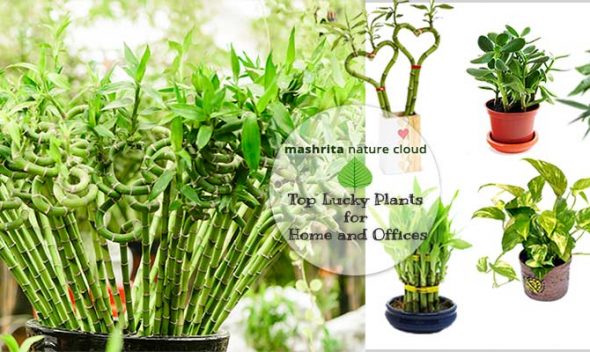
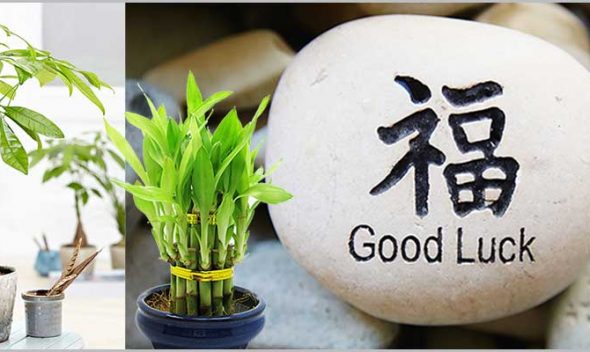
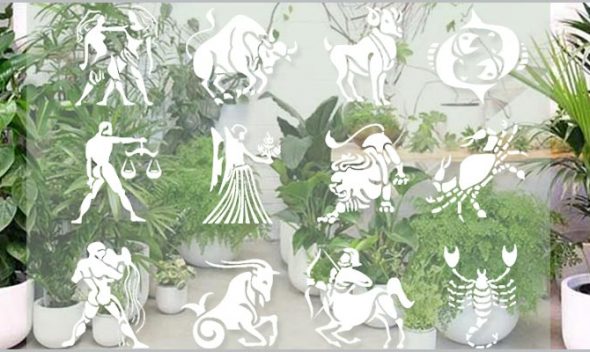

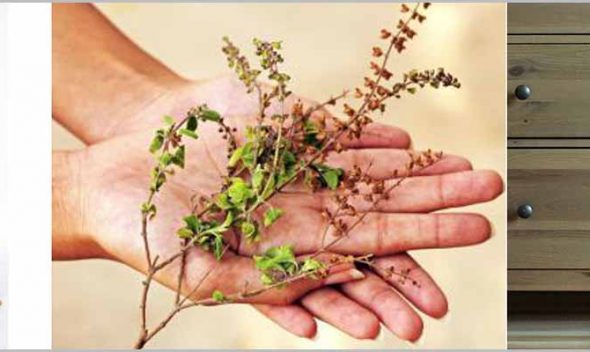



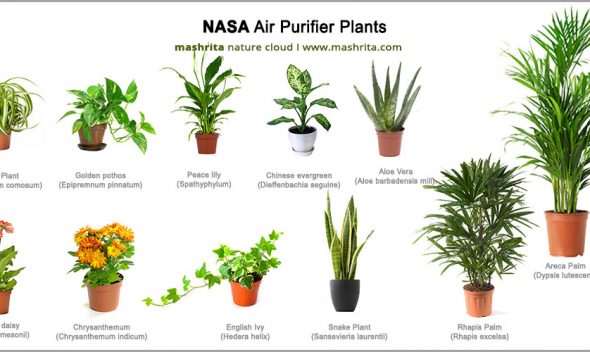

Leave a comment
You must be logged in to post a comment.